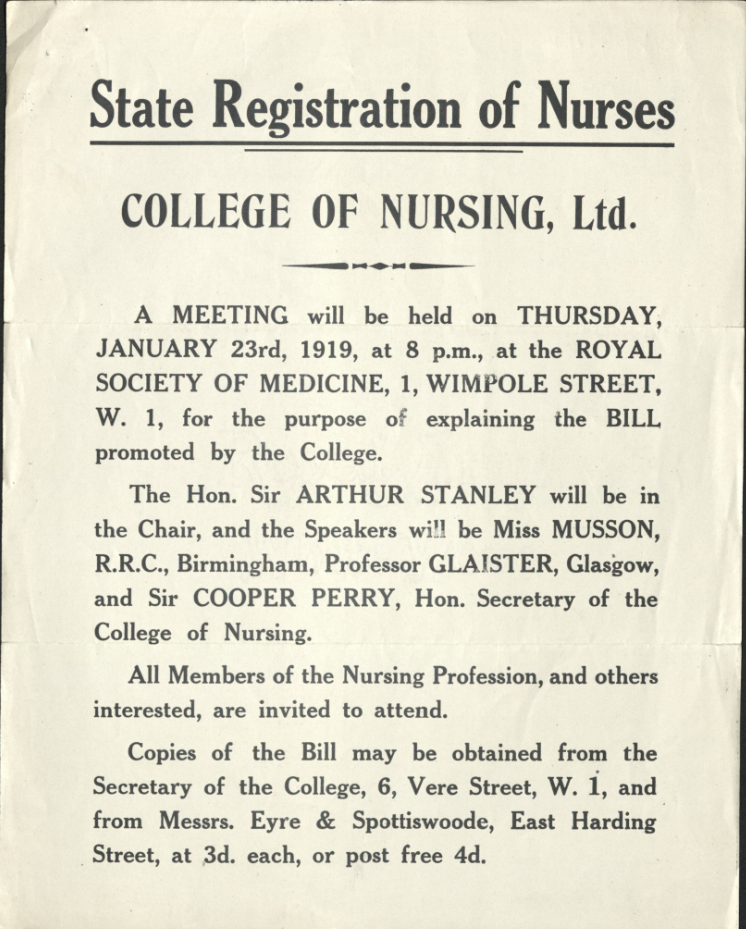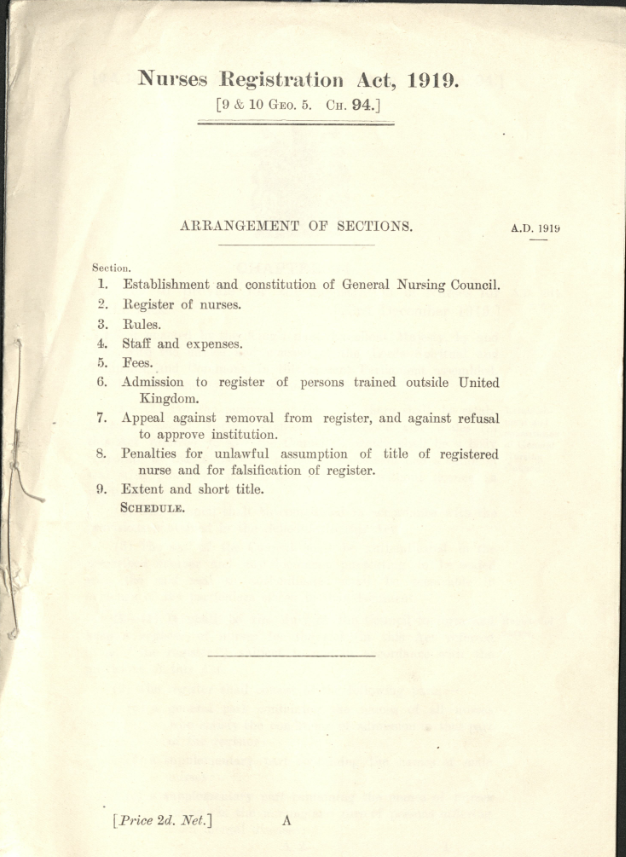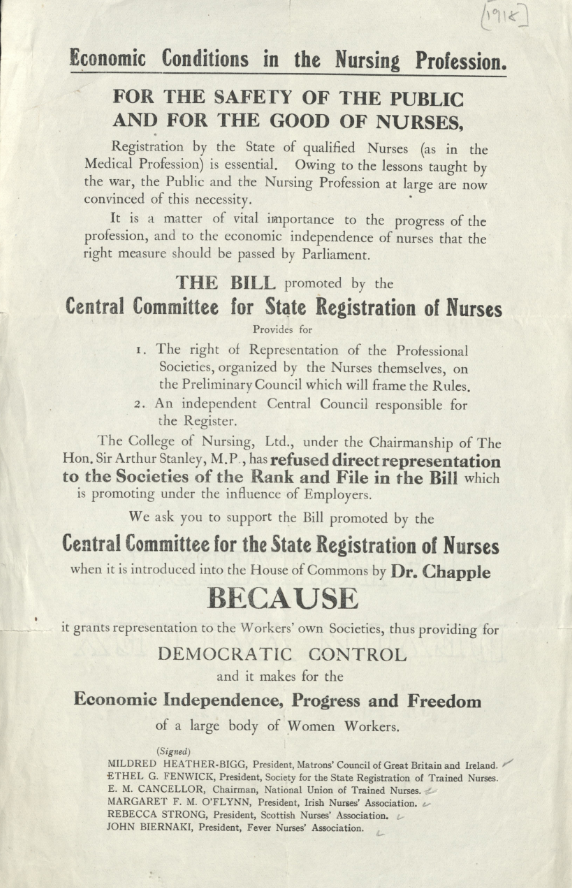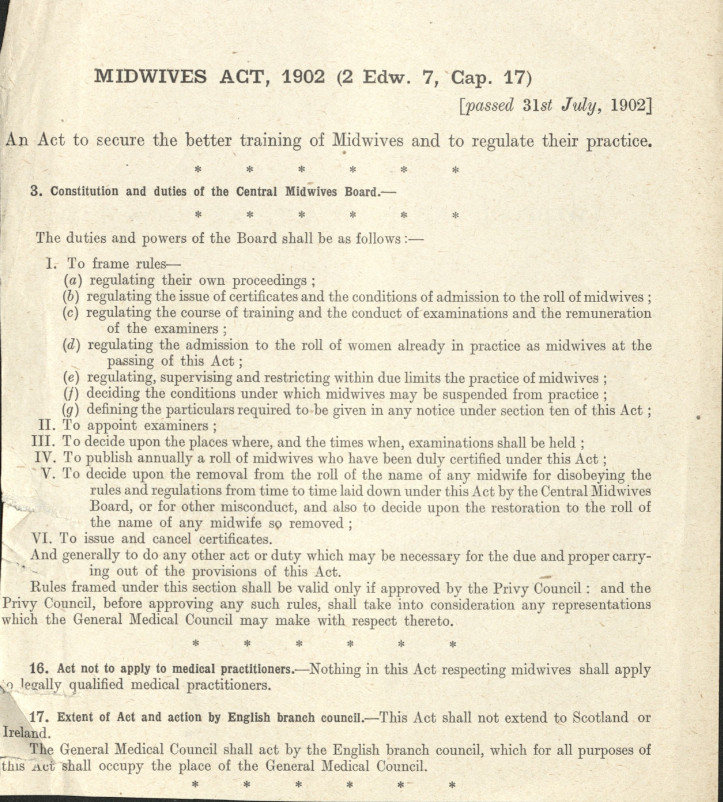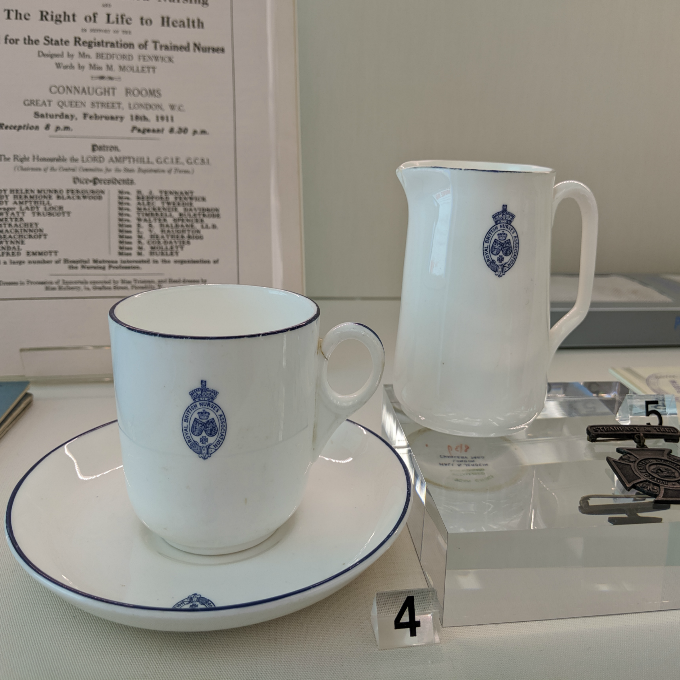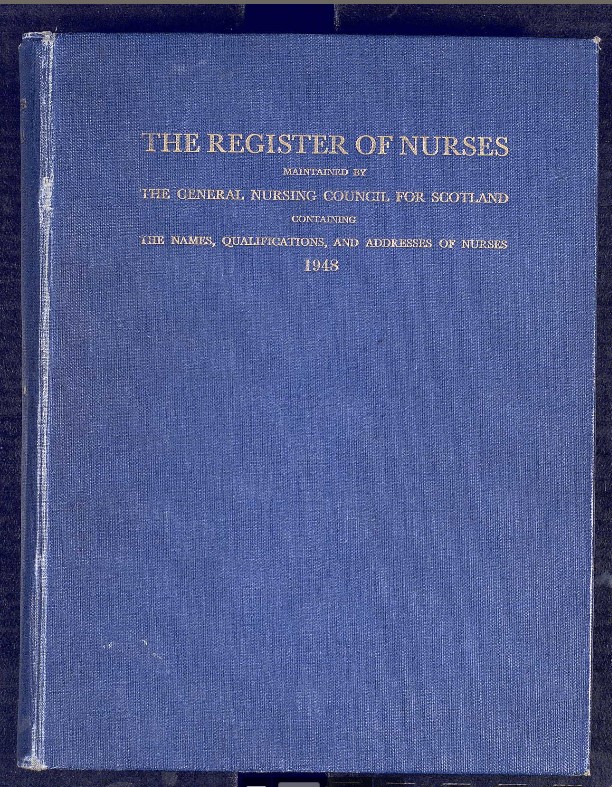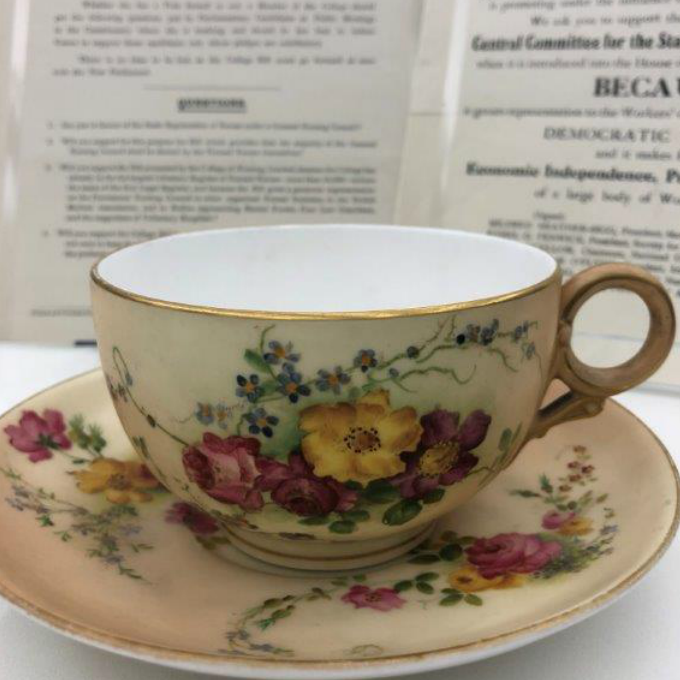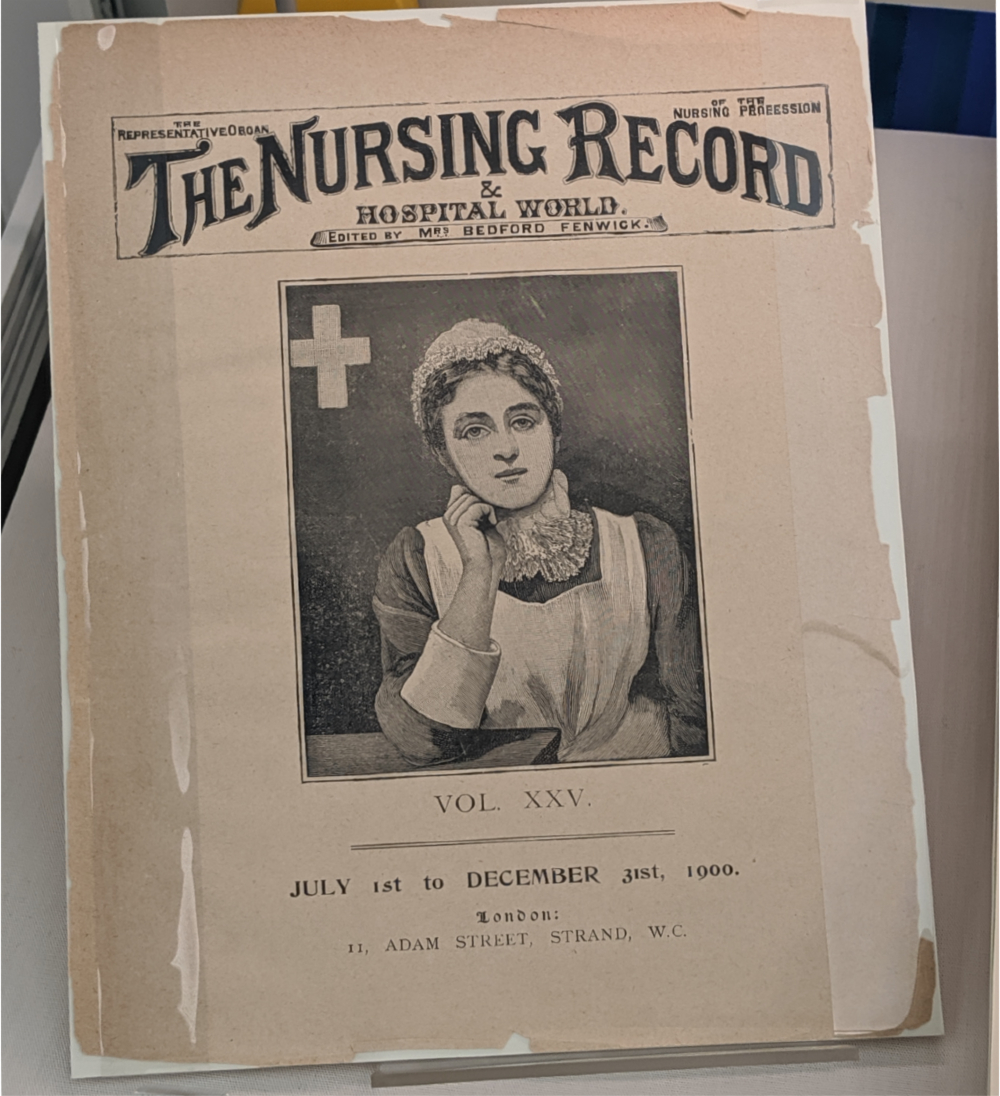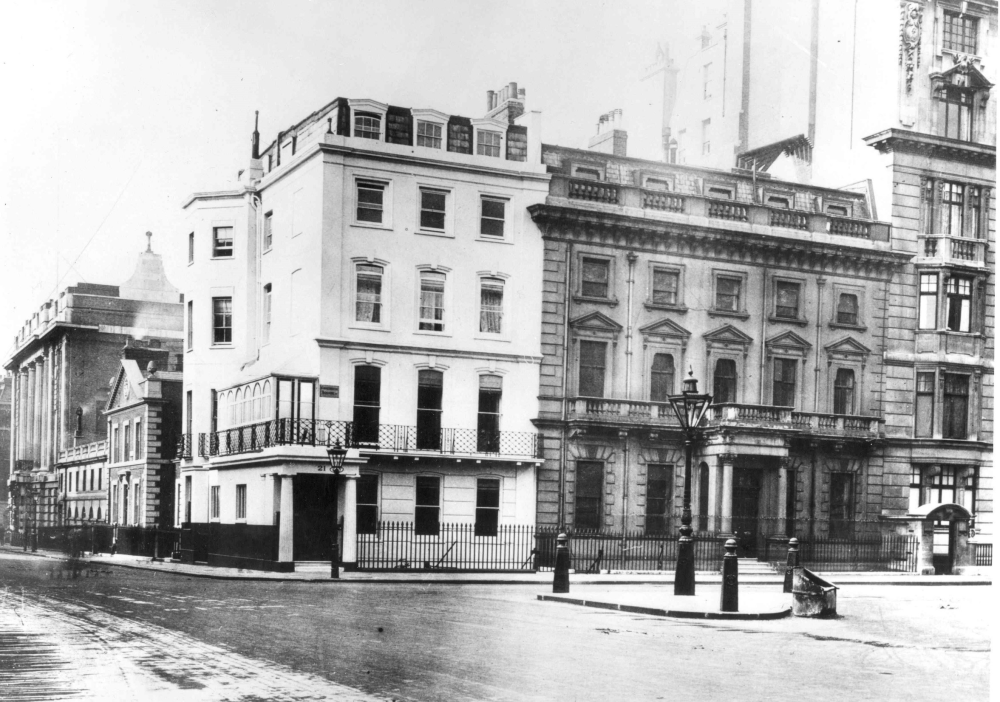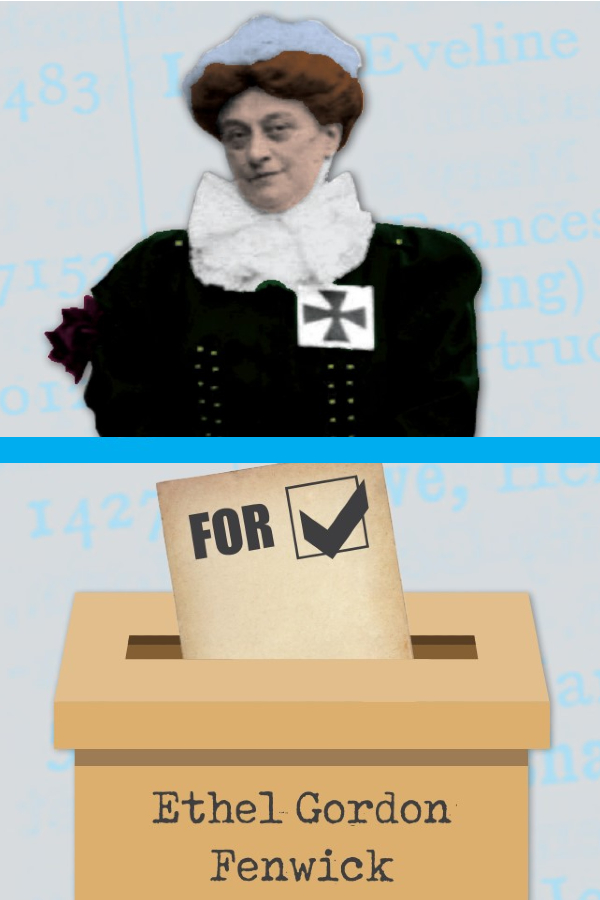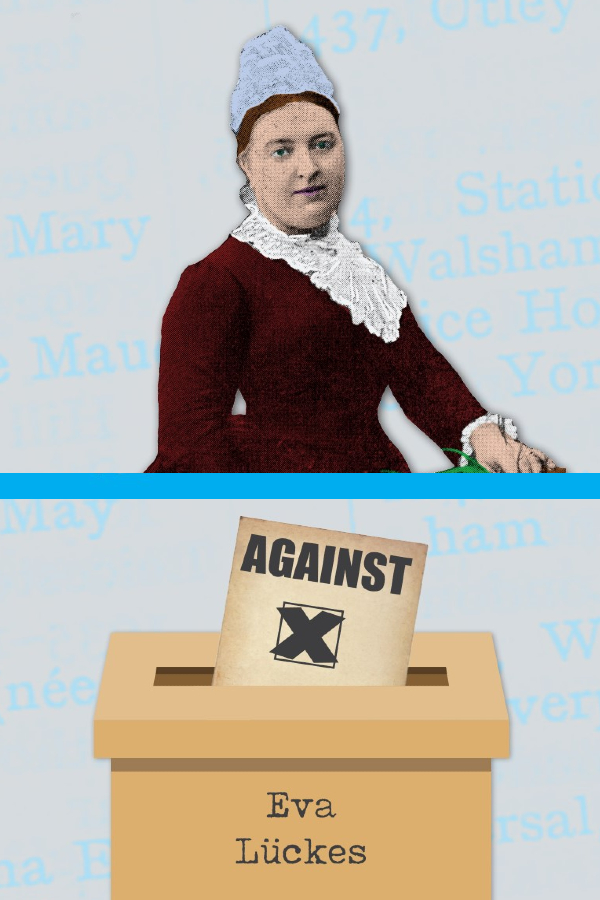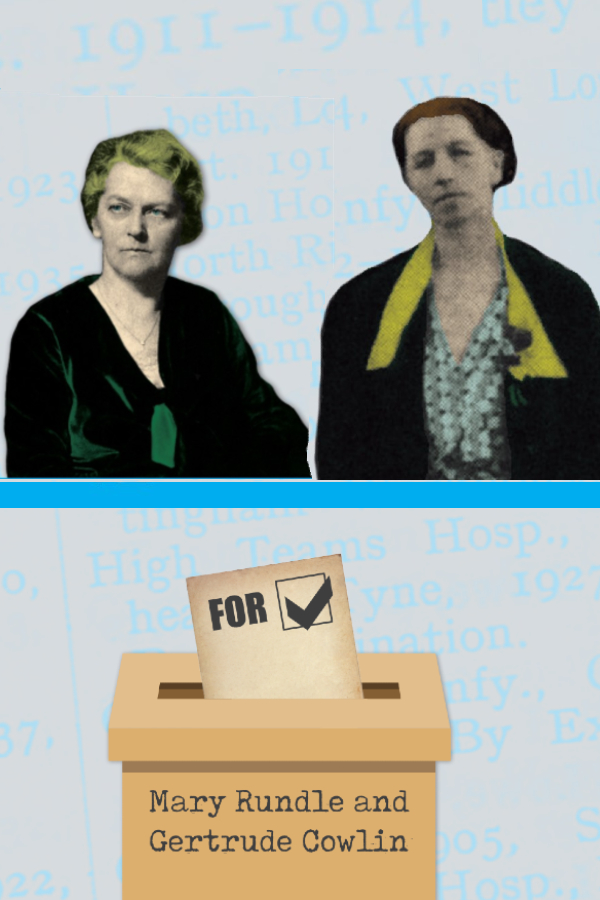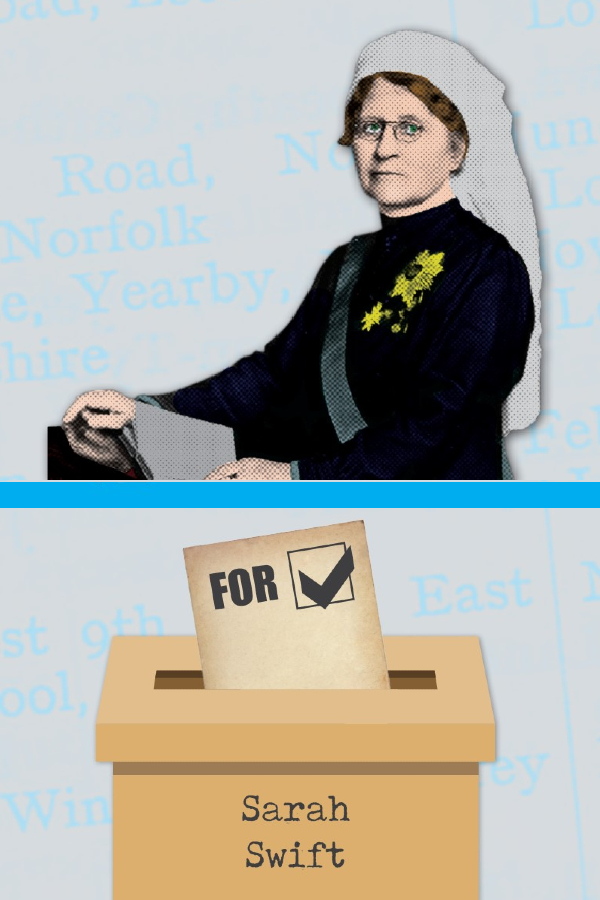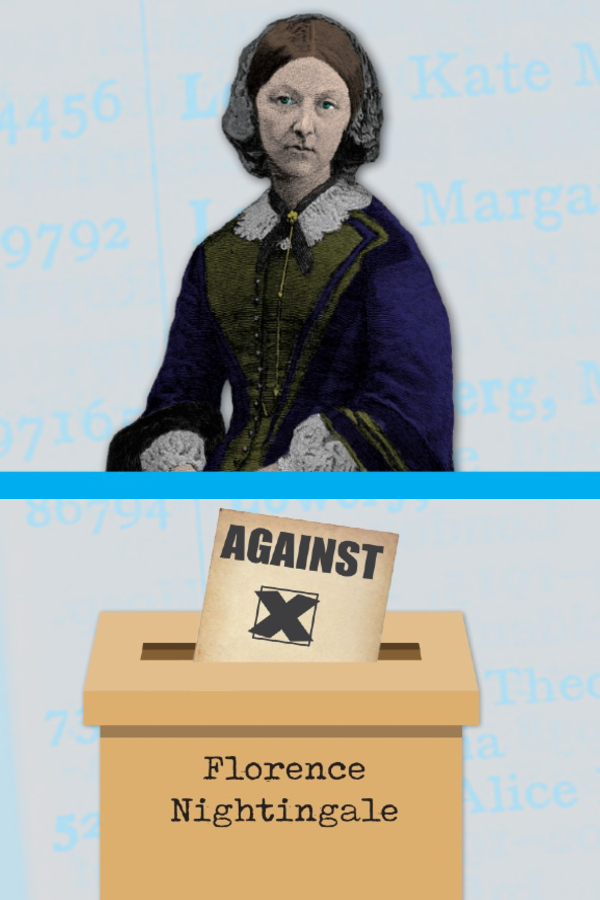Signing up
First men
Tom Christian registered as a mental nurse on 30 September 1921. Christian trained at Banstead Mental Hospital and received his certificate from the Medico-Psychological Association in 1903, by the time he was 25. He was promoted to Chief Charge Nurse at Banstead and was president of the Banstead branch of the National Asylum Workers’ Union. It was the Union who nominated him to serve on the General Nursing Council. George Dunn was the first man to join the supplementary register for male nurses. He trained as a nurse between 1902-1905 with the Royal Army Medical Corps. At this time, military training was the most common way for men to enter the general register. His son, also named George, became a nurse in 1937.
Overseas nurses
Jamaican nurse Eva Lowe trained at St Nicholas’ Hospital, London from 1932 and registered in 1935. Despite being well qualified, she was rejected many times before finding employment. She received vague and unsatisfactory excuses for her rejections, some based on false concern for Lowe’s welfare. The first black woman to have her name on the nursing register is not known, though we do know that other hospitals in London and Birmingham were admitting black probationers from at least the early 1930s. Many stories of 1920s UK based black and Asian nurses are yet to be uncovered.
Struck off
Having a register meant that, for the first time, a nurse could be struck off. Enforcing this could be problematic. Mabel Tribe registered in 1923. Two years later she was convicted of forging a certificate of character. It came to light that in 1918 she had also been found guilty of fraud. Tribe was struck off, yet refused to return her certificate and badge and continued to work as a nurse. Despite continuing convictions – like stealing 54 tins of preserved fruit in Bognor Regis – she was appointed head of a government hospital during the Second World War.




